Alopecia in Dogs: Understanding, Diagnosing, and Treating Hair Loss
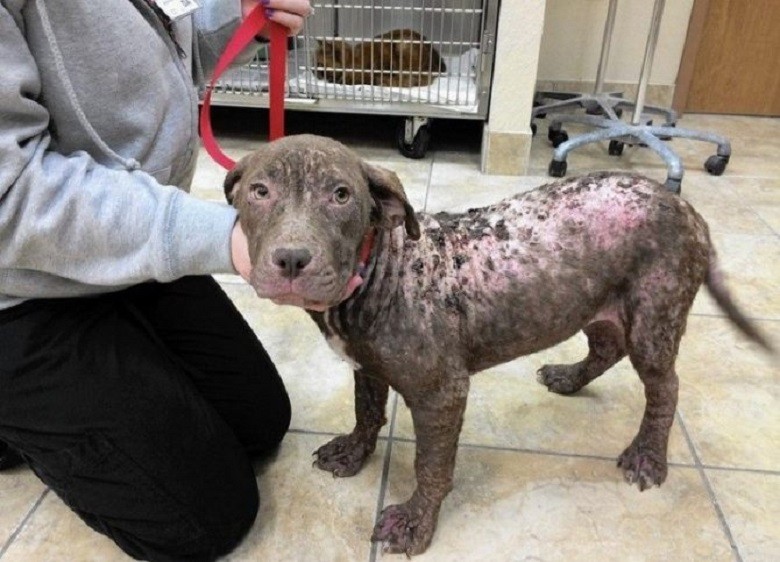
Alopecia is a condition characterized by significant hair loss or poor hair growth in specific areas of an animal's body. This problem is especially common in dogs and can be distressing for both the pet and its owner. Early recognition of this pathological state and prompt consultation with a veterinarian is crucial to address the underlying issues and promote recovery.
Symptoms of Alopecia
The primary manifestation of alopecia in dogs involves hair loss, which can lead to patchy baldness. In cases of non-inflammatory alopecia, the undercoat may also be absent, and the skin appears healthy. Conversely, inflammatory forms of alopecia may exhibit symptoms such as itching, redness, and the potential formation of sores and crusts on the skin.
In some instances, hair loss may indicate a systemic disease. Additional symptoms such as lethargy and decreased appetite may accompany the hair loss, necessitating further investigation.
Classification of Alopecia
Alopecia can be classified into several types based on different criteria:
-
Etiology (Origin):
- Inflammatory Alopecia: Associated with inflammation of the skin.
- Non-Inflammatory Alopecia: Often not associated with visible symptoms.
-
Localization:
- Focal Alopecia: Localized areas of hair loss.
- Bilateral Alopecia: Symmetrical patches on both sides of the body.
- Multifocal Alopecia: Multiple areas across the body.
-
Timing of Onset:
- Congenital Alopecia: Present at birth.
- Acquired Alopecia: Develops later in life.
Determining the specific type of alopecia can be complex, highlighting the need for professional veterinary assessment. For comprehensive diagnostics and treatment, a veterinarian is your best resource: Veterinary Dermatology Service.
Causes of Alopecia
The causes of alopecia in dogs are multifactorial and can be grouped into hormonal and non-hormonal categories.
- Hormonal Causes: Typically present with symmetrical patches of hair loss.
- Non-Hormonal Causes: Hair loss may appear in a more chaotic pattern. For instance, if an allergic reaction to a medication occurs, hair loss will be localized in that area.
Other non-hormonal causes of alopecia in dogs may include:
- Allergies: Contact and food allergies can lead to hair loss.
- Bacterial and Fungal Infections: These can damage hair follicles and cause shedding.
- Parasitic Infestations: Fleas, ticks, and mites often contribute to hair loss.
- Inflammation of Skin Glands: Conditions affecting sebaceous glands can lead to hair loss.
- Vitiligo: This condition affects pigmentation and can lead to hair loss.
- Zinc Deficiency: A lack of essential nutrients can adversely affect skin and coat health.
Diagnosis and Treatment
To obtain an accurate diagnosis of alopecia, veterinarians utilize traditional dermatological examination techniques. These may include skin scrapings, trichoscopy (a detailed examination of hair and scalp), and various cytological and histological assessments. Specialized tests and imaging, such as ultrasounds, may also be performed to rule out underlying systemic issues.
Treatment Protocols
Therapy focuses on addressing the underlying causes of alopecia. Specific treatments will depend on the type of alopecia diagnosed. Some possible interventions include:
- Dietary Adjustments: Ensuring the dog receives a balanced diet rich in essential nutrients.
- Parasitic Treatments: Implementing anti-parasitic treatments to eliminate any pests.
- Hormonal Therapy: Administration of hormones if a deficiency or imbalance is identified.
- Castration (Including Chemical Castration): For some hormonal-related alopecia cases, a surgical approach may be considered.
In less severe forms of alopecia, many dog owners might opt for a more cautious approach to treatment, avoiding experimental methods that could further impair their pet’s health. Often, in these situations, alopecia poses more of a cosmetic defect than a serious medical concern.
In advanced or severe cases, it is essential to consult a veterinarian without delay. Veterinary Consultation is crucial, as any treatment should be closely monitored by professionals. This supervision ensures that the dog’s condition does not deteriorate during the treatment process.
Prevention Strategies
While not all cases of alopecia are preventable, specific strategies may help minimize the risk:
- Regular grooming: Maintaining a regular grooming routine can help detect early signs of hair loss or skin issues before they escalate.
- Balanced diet: Ensuring your dog receives all necessary vitamins and nutrients will promote a healthy coat and skin.
- Routine veterinary check-ups: Regular visits to the veterinarian can help catch any developing conditions early, including skin issues that could lead to alopecia.
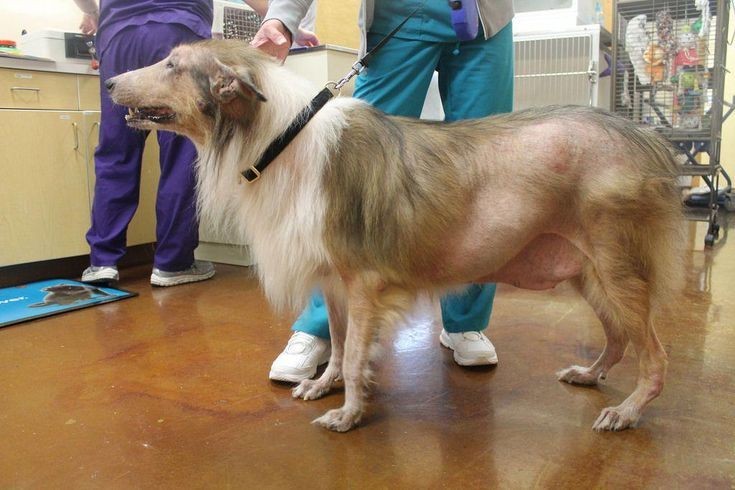 Conclusion
Conclusion
Alopecia in dogs is a common yet complex condition that can arise from various causes, each requiring a tailored approach for diagnosis and treatment. Early identification and intervention are best practices for ensuring the well-being of your canine companion. Should you observe any indications of hair loss or skin abnormalities, don't hesitate to reach out to your veterinarian for a thorough evaluation and potential treatment options. A healthy, happy dog starts with attentive pet care, and your vigilance can go a long way in preventing and addressing issues like alopecia.
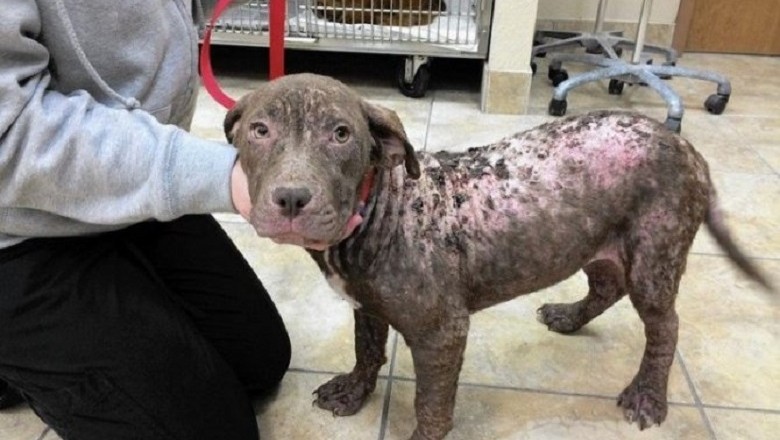



 Conclusion
Conclusion









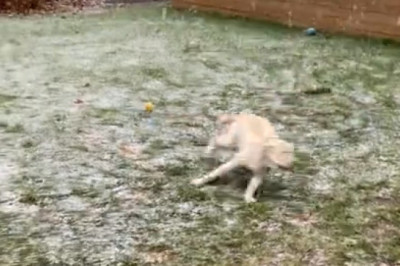



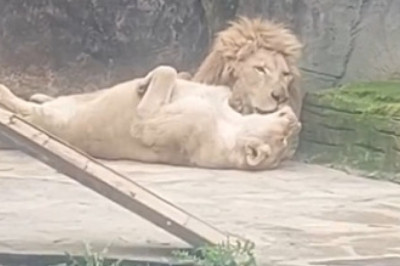
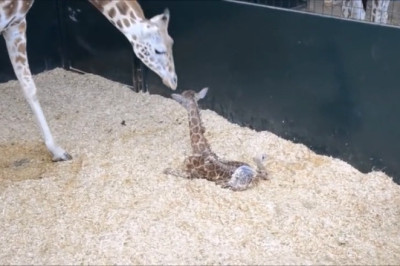
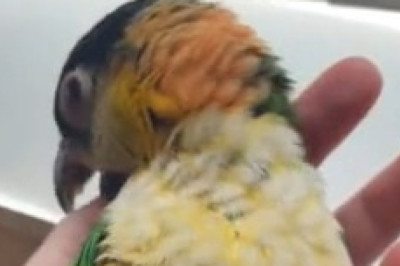
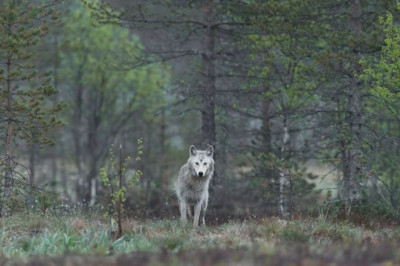
Comments
0 comment